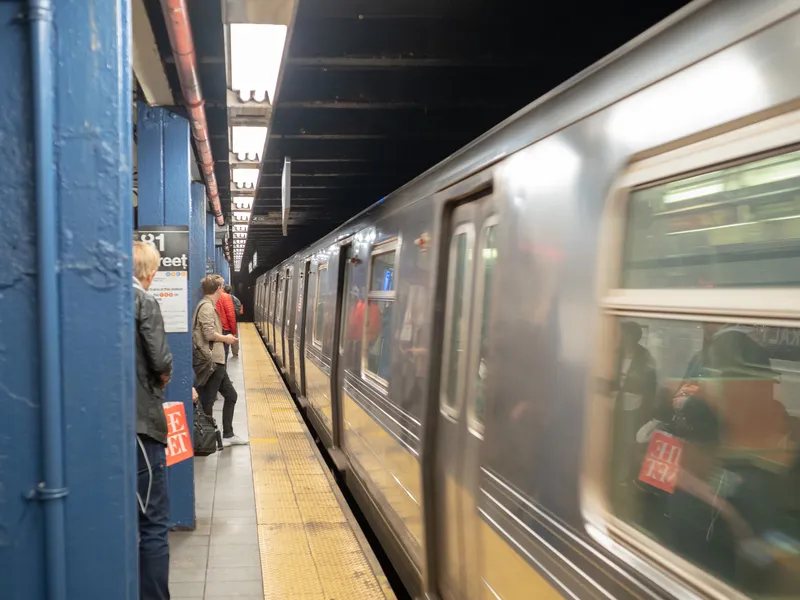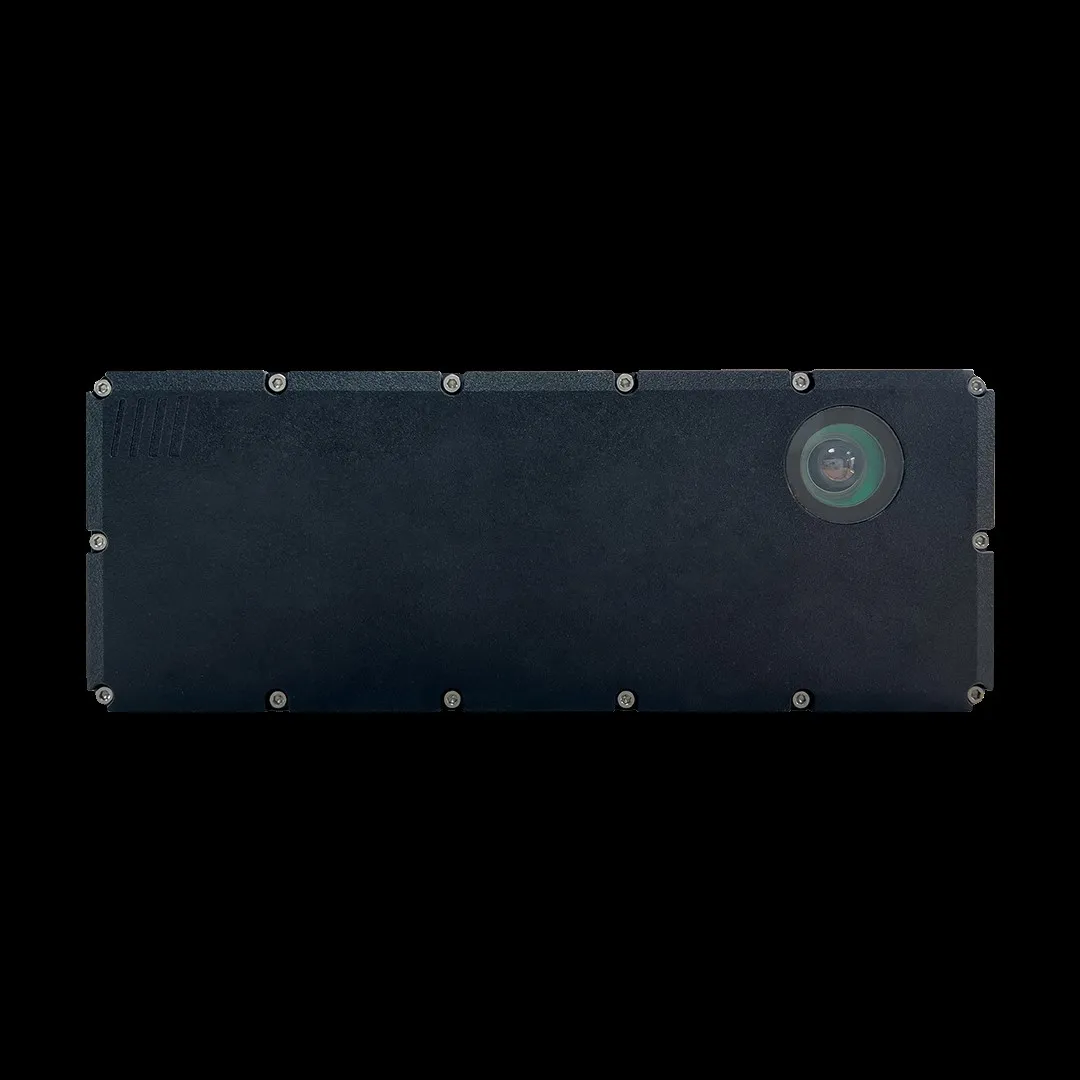Barco latest narrow-bezel LCD video wall portfolio, the OverView HVD5521, is designed for use in control rooms and has a screen diagonal of 55-inches (1.4m), a 1.8mm bezel and brightness of 700cd/m².
To counter colour and brightness level shifts in LCD video walls
April 6, 2017
Read time: 1 min

To counter colour and brightness level shifts in LCD video walls, Barco developed the Sense X automatic calibration system based on integrated colour sensors, which automatically balances the video wall and eliminates the need for manual calibration.
An optional redundant external power supply can automatically switch to a new unit should one fail (eliminating downtime due to the failure of remotely-located power supply) and maintenance can be performed without disturbing operations.









